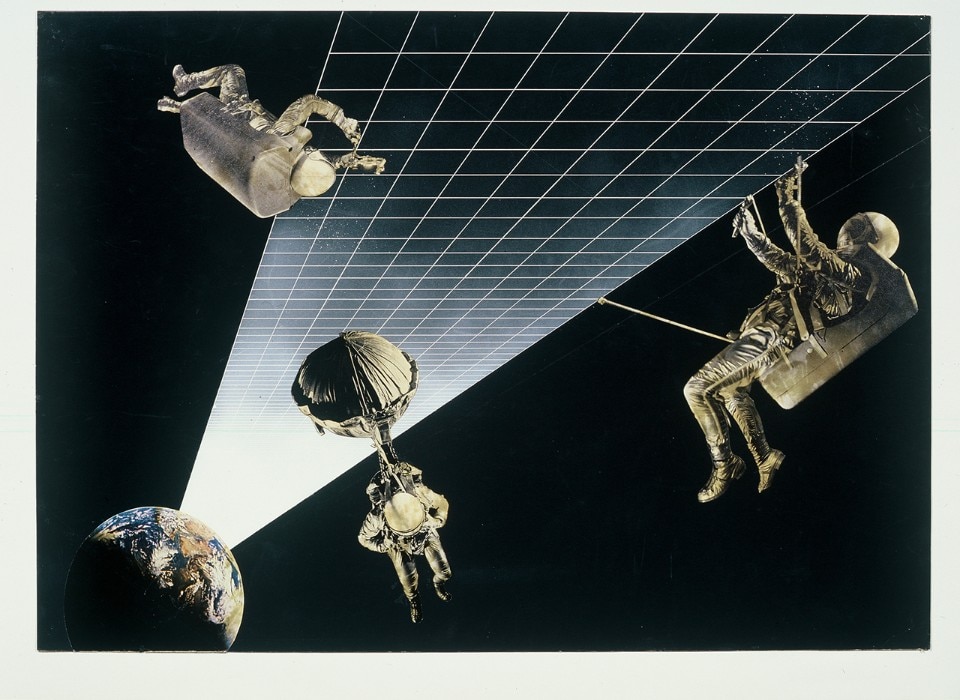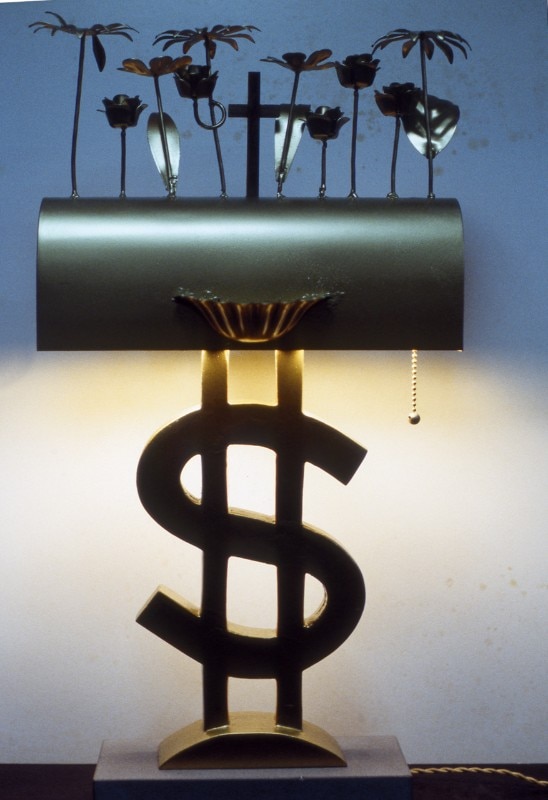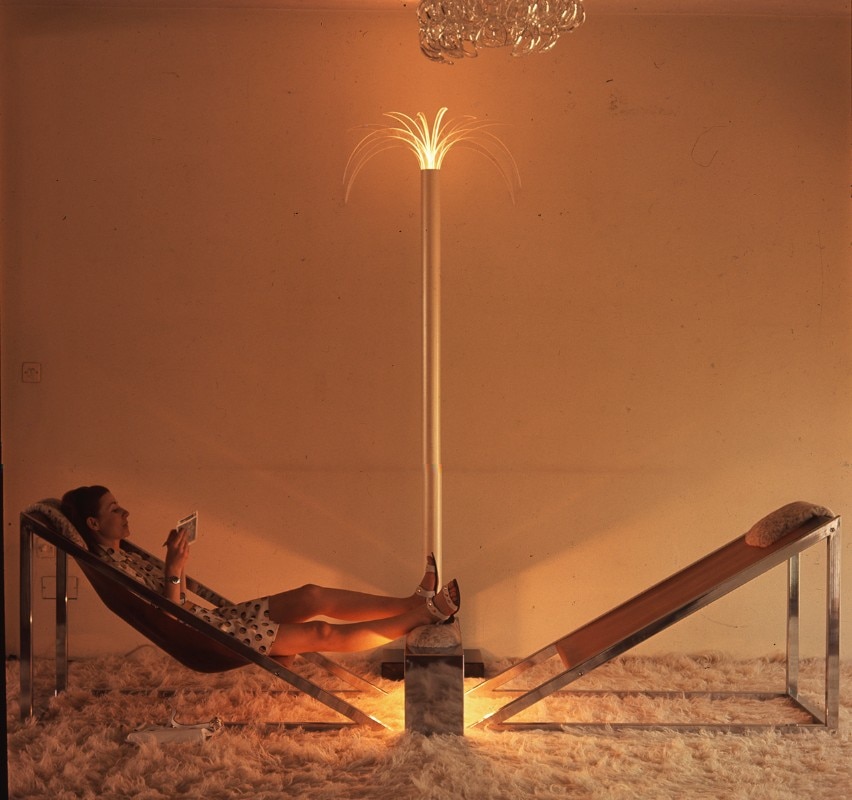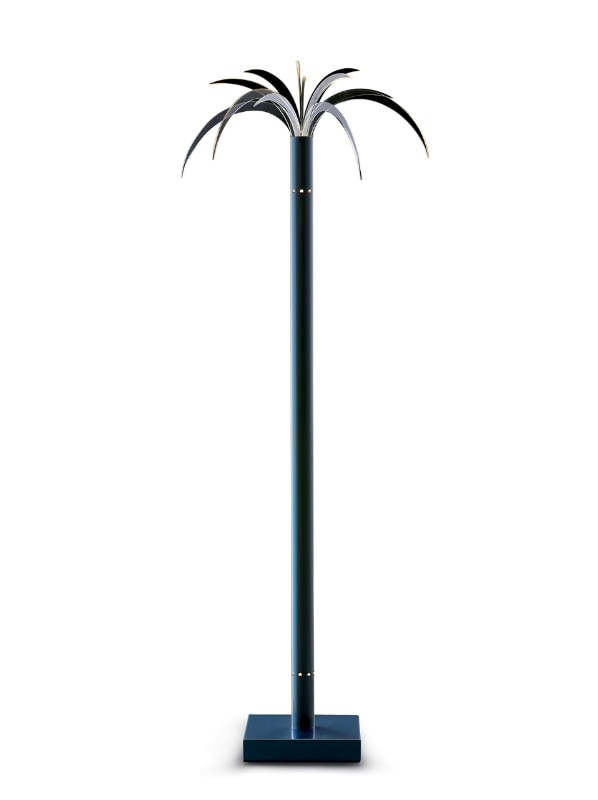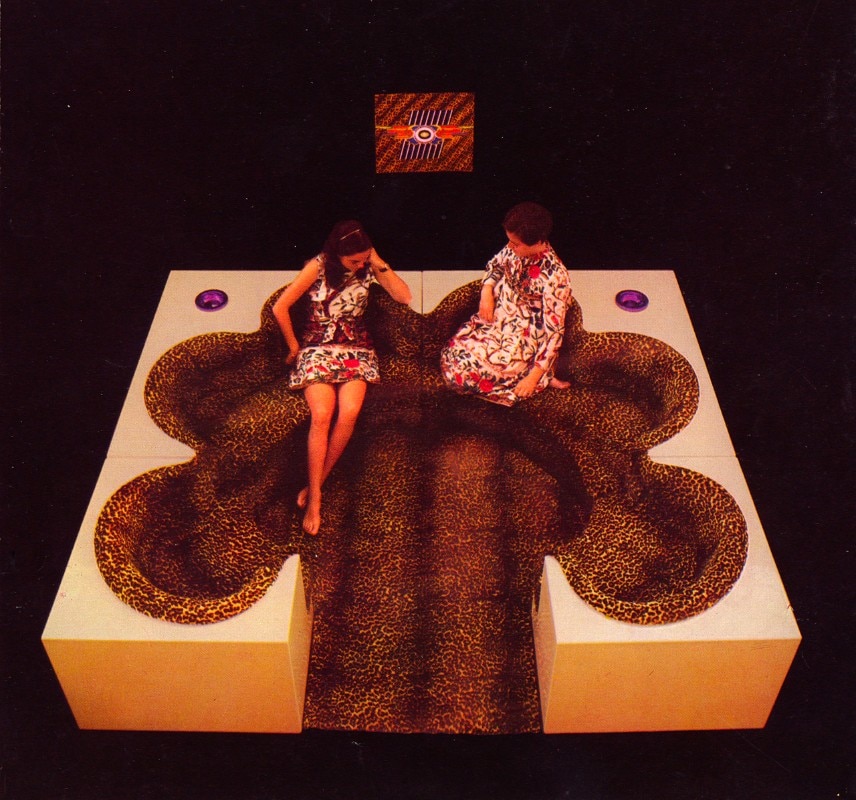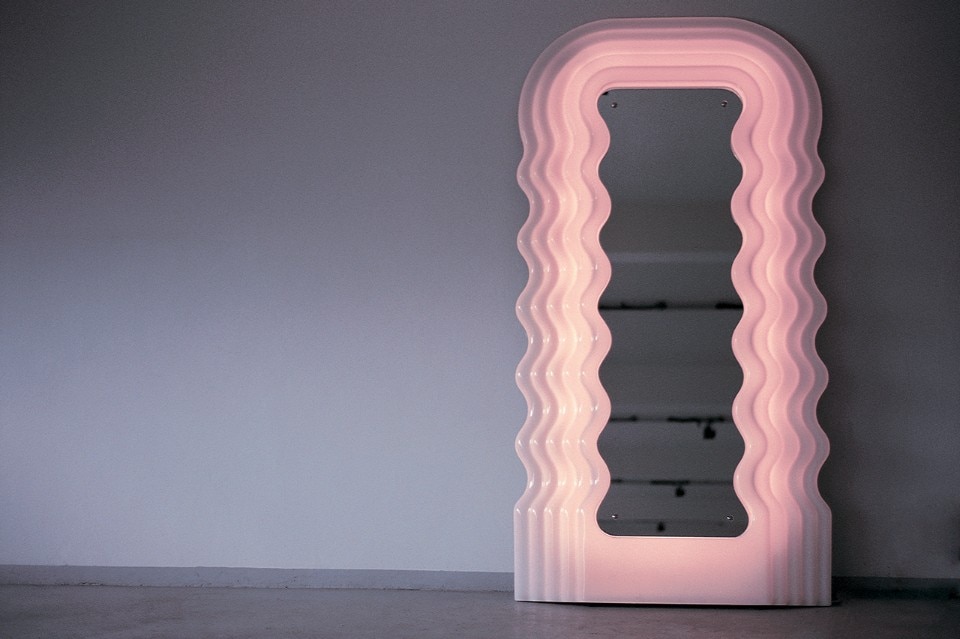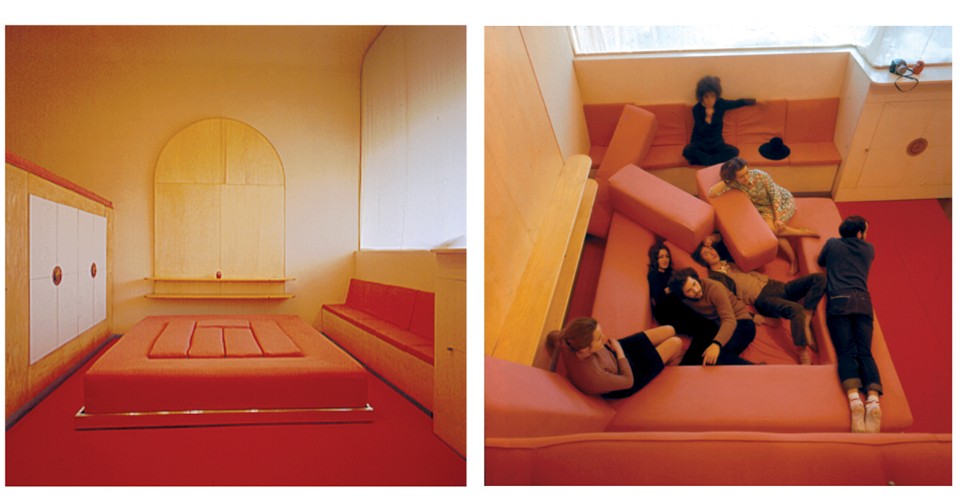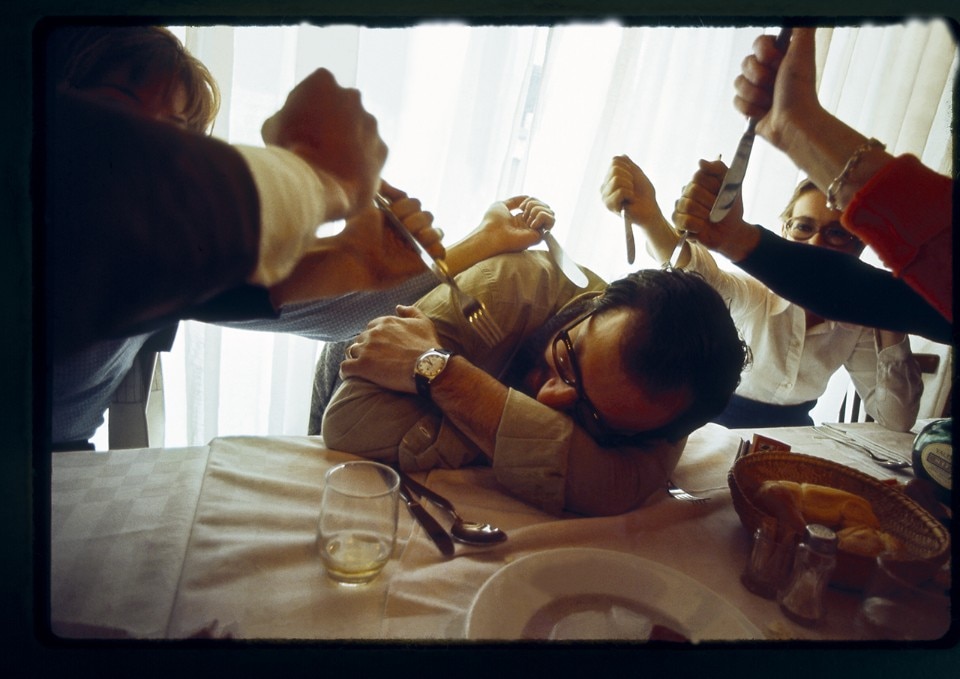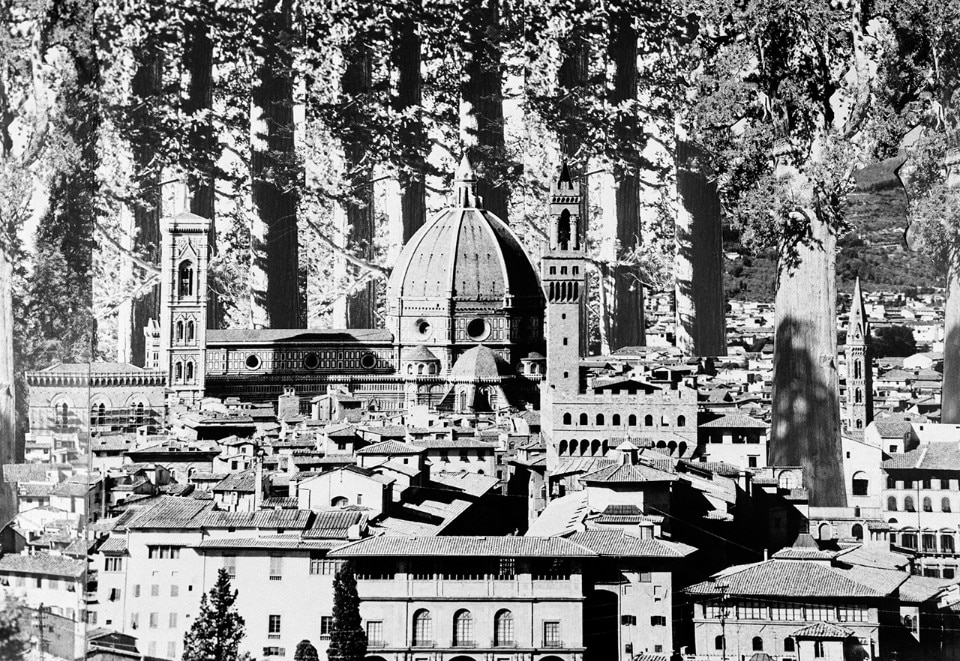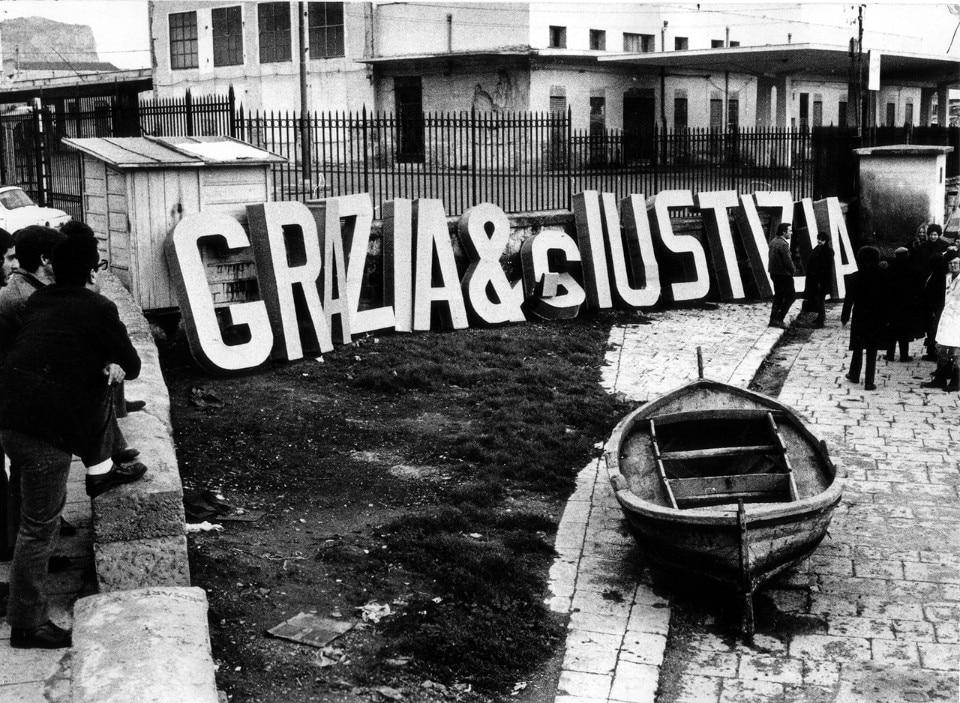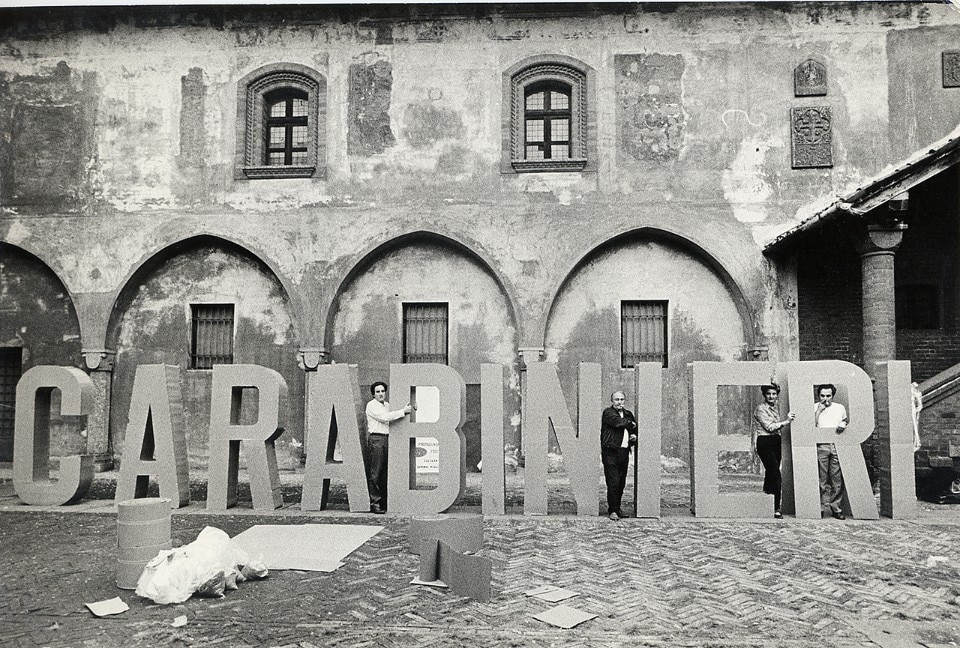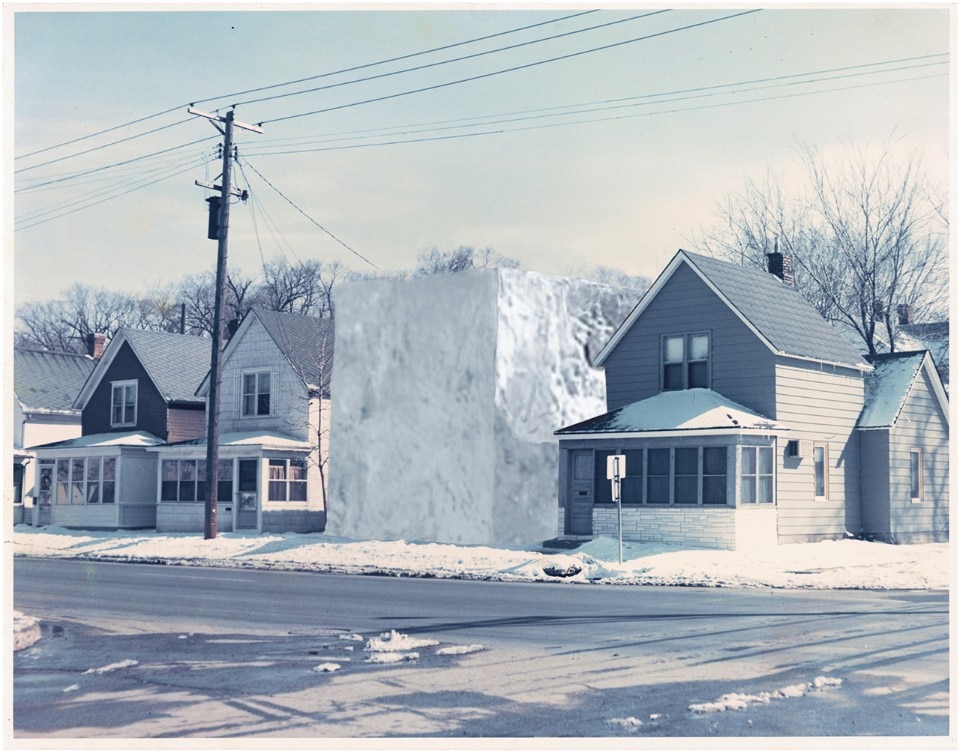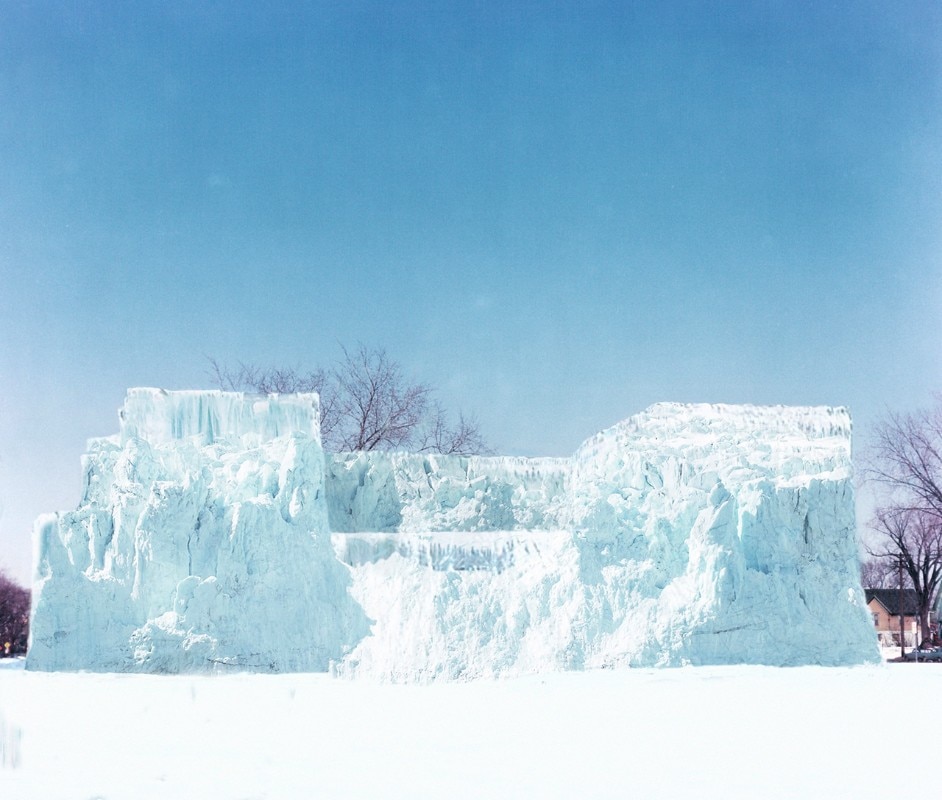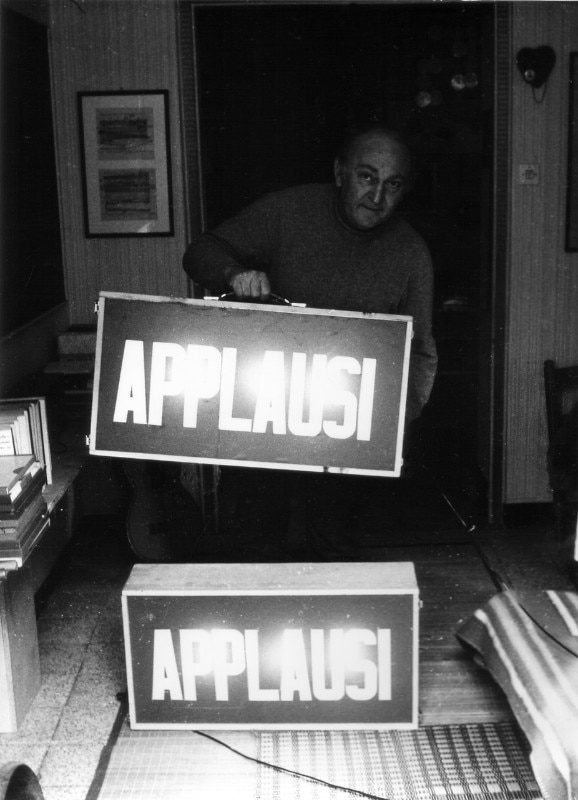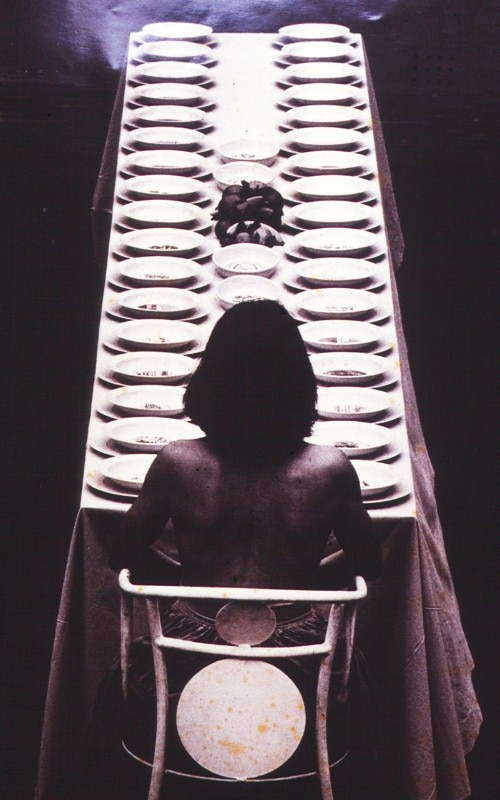Under the untamed gaze of a halo-bearing gorilla, visitors descend the stairs at the Palazzo Strozzi in Florence to visit the "Radical Utopias" exhibition. The image in the circle is from the cover of issue number 367 of the magazine Casabella from 1972, created by the then-director, Alessandro Mendini, dedicated to the exhibition “Italy: The New Domestic Landscape”, curated by Emilio Ambasz at MoMA in New York: the first international celebration of radical architects who, between 1966 and 1976, permanently changed the way of imagining utopia and design, starting from this city.

At the Strozzina, until 21 January, 320 pieces will be on display, including photomontages, videos, collages, models, porcelain, clothes, designs, furniture and much more. Objects which have never been seen before, and which in some cases their creators themselves did not recall having in their archives, placed alongside iconic elements which have made history, and which continue to characterise contemporary design. For the first time ever, the work of Archizoom, Remo Buti, 9999, Gianni Pettena, Superstudio, Lapo Binazzi - UFO and Zziggurat is shown together under one roof, thanks to the tenacity of the three curators Pino Brugellis, Gianni Pettana and Alberto Salvadori, with the priceless support of Elisabetta Trincherini and the Palazzo Strozzi team.
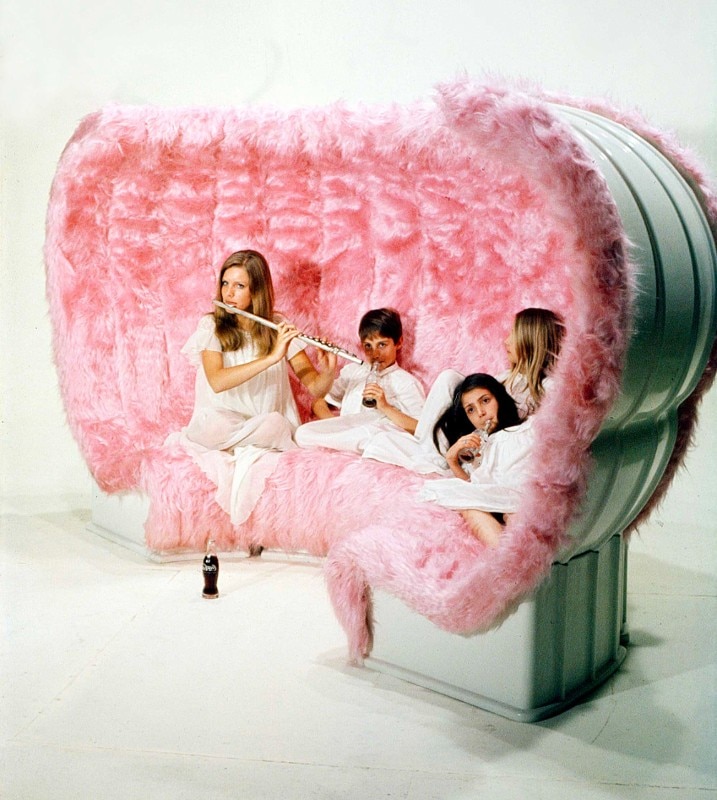
 View gallery
View gallery
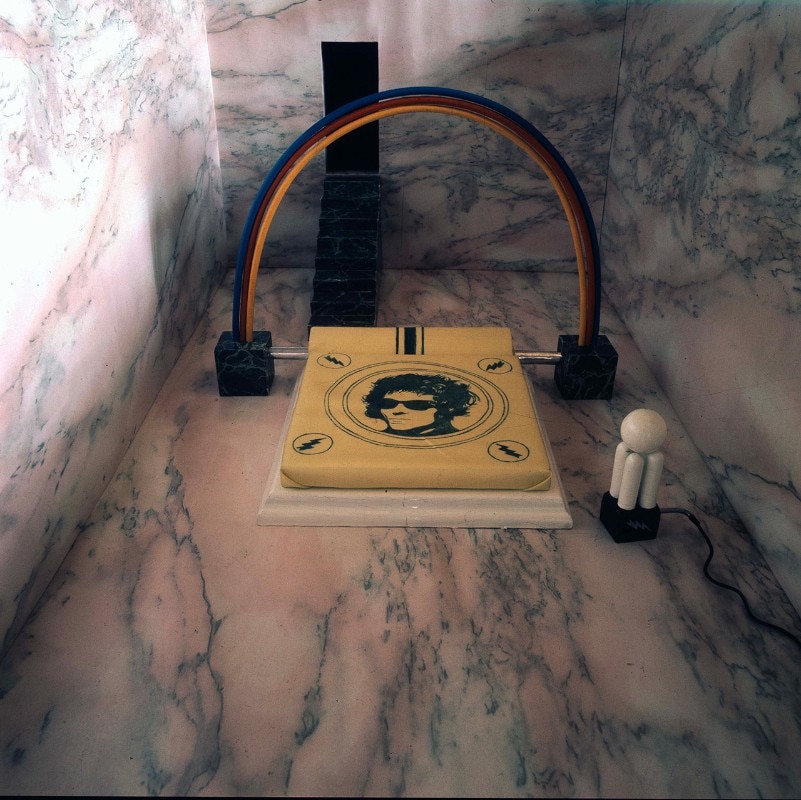
Annalisa Rosso: An exceptional exhibition, the result of a year’s work. How did you manage to bring together all of these pieces and these artists, who are not always on the same wavelength?
Pino Brugellis: We uncovered many original items thanks to the personal relationships that we have with the radical architects, while others needed to be reproduced because the originals no longer existed. The collages, for example, were all completely destroyed. At the time the radicals were very young, they had no money, and they often used pieces of previous projects to create other works. We managed to find a lot which were still intact, a unique opportunity to understand the techniques used. The characters in question are extraordinary. They never got on particularly well together, and this is still the case; the Florentine temperament is one of always being a little like the Guelphs and Ghibellines in nature. However, the exhibition has been put together with their direct contribution.
Florence in that period was experiencing a big bang in the world of architecture, an explosion, a kind of Year Zero
Annalisa Rosso: What was the atmosphere like 50 years ago, between 1966 and 1976?
Pino Brugellis: Florence in that period was experiencing a big bang in the world of architecture, an explosion, a kind of Year Zero. When Andrea Branzi found out about the project for this exhibition, he told us: “you must bring out the energetic chaos which reigned”. We hope to have managed. It should be said that the term “radical” was used for the first time by Germano Celant as late as 1972, while, in my opinion, the most interesting works from the radical current were produced before ‘73.
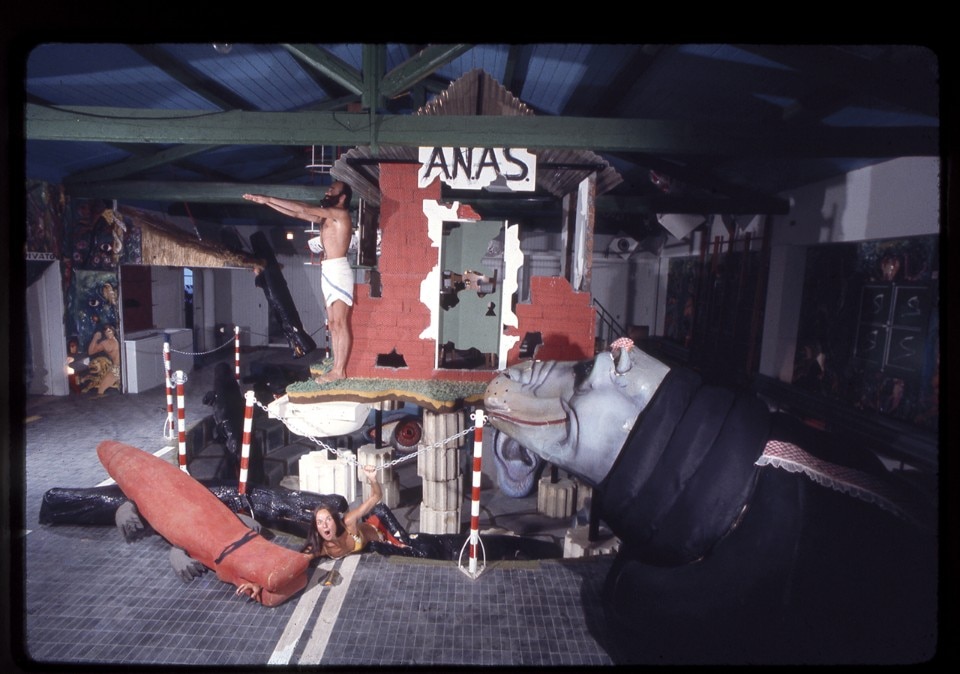
 View gallery
View gallery

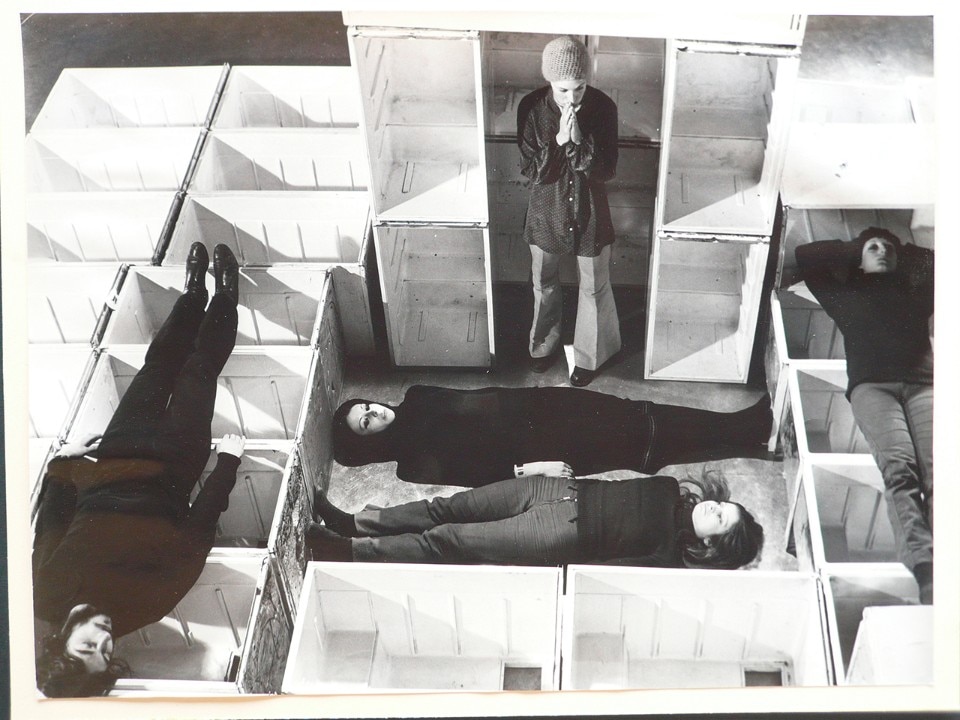
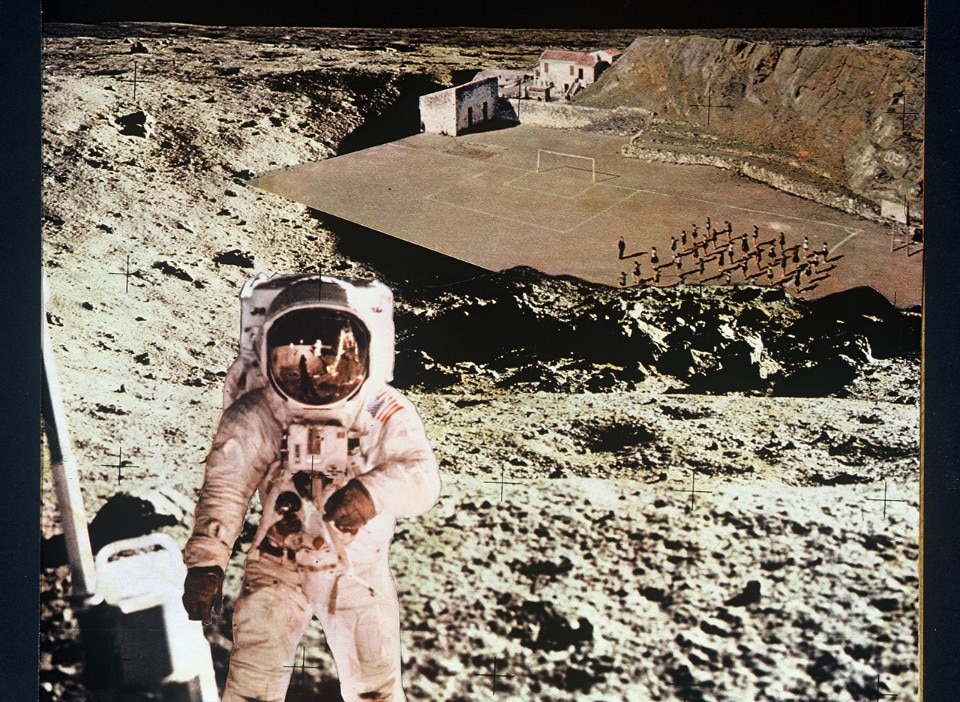
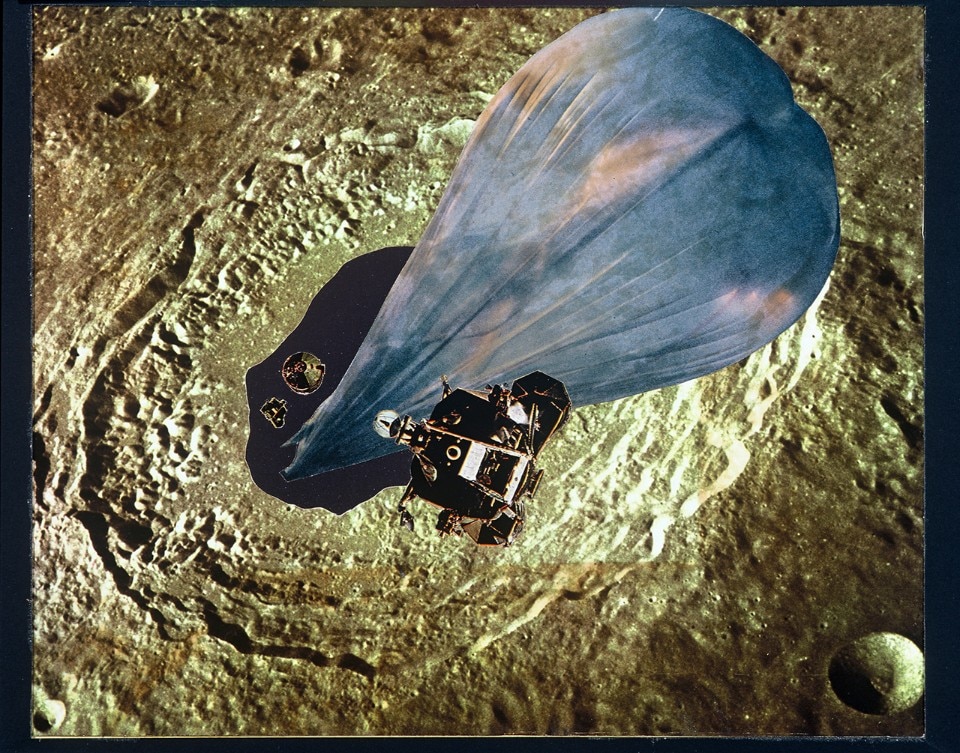
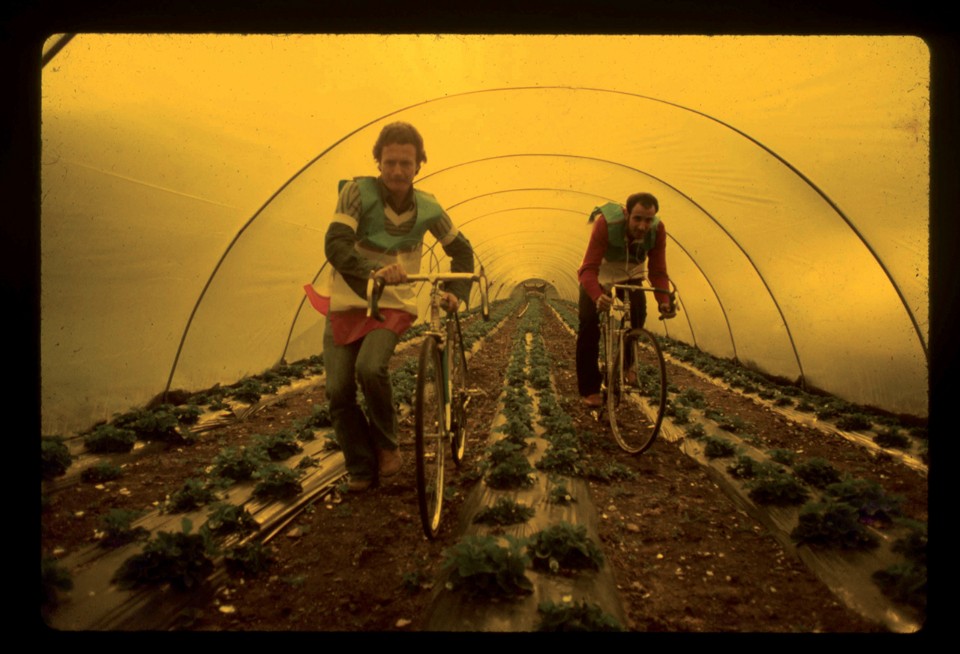
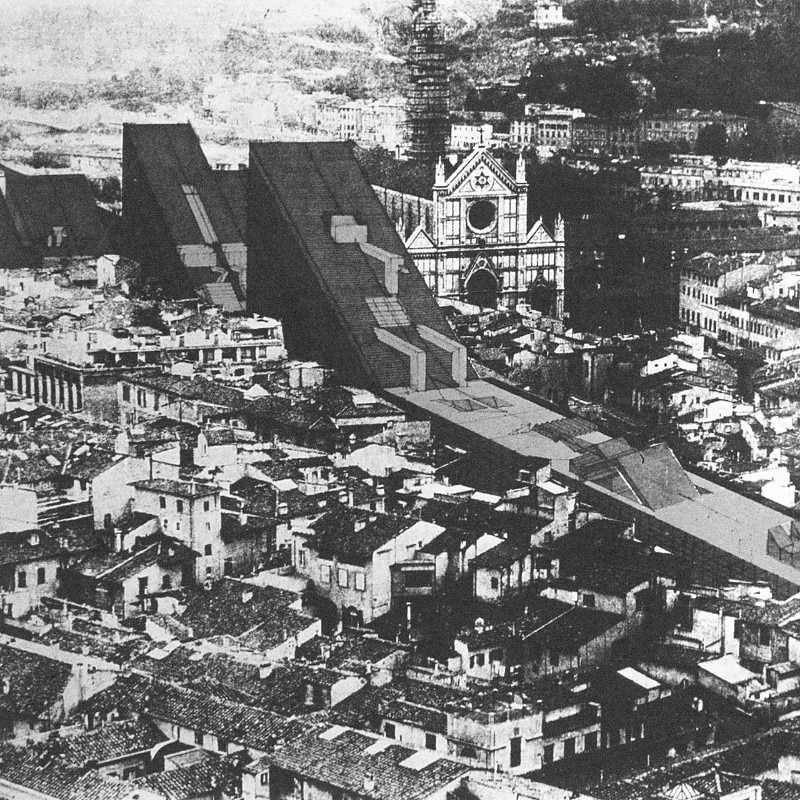
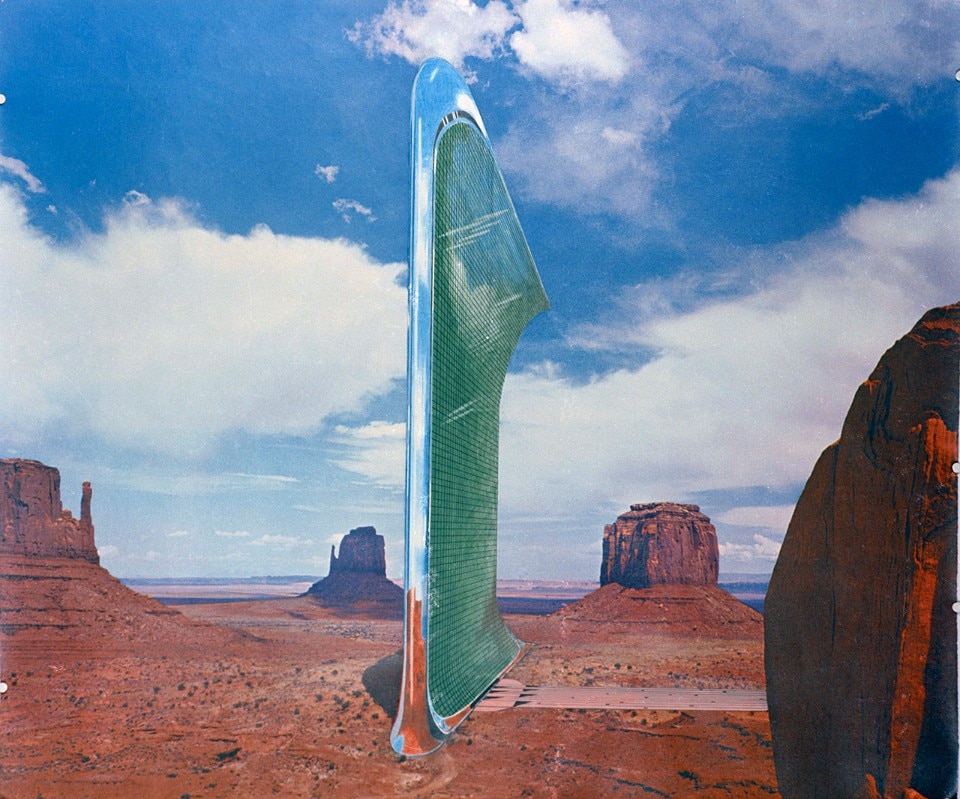
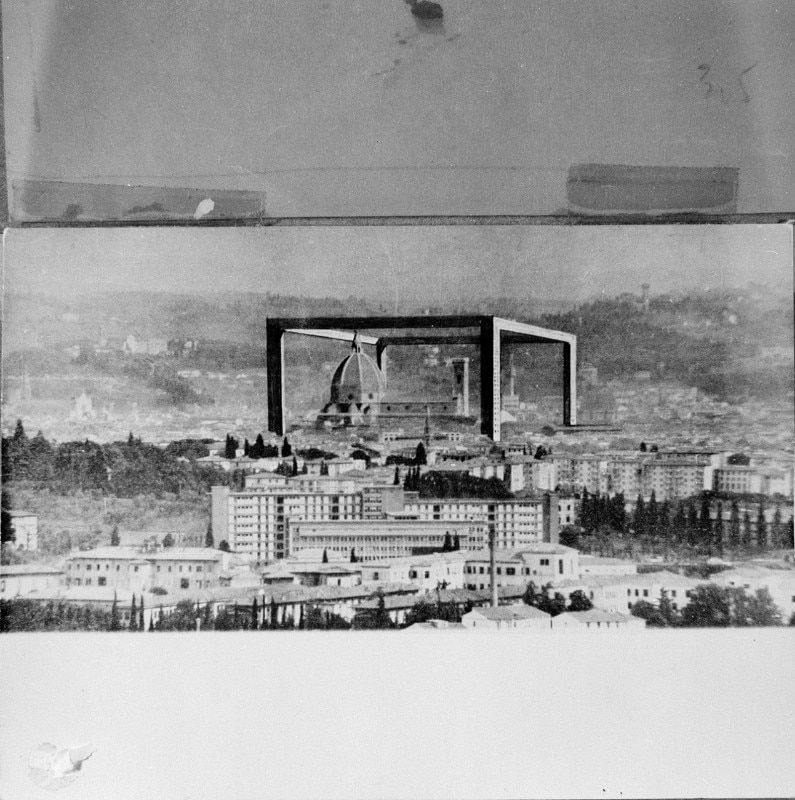
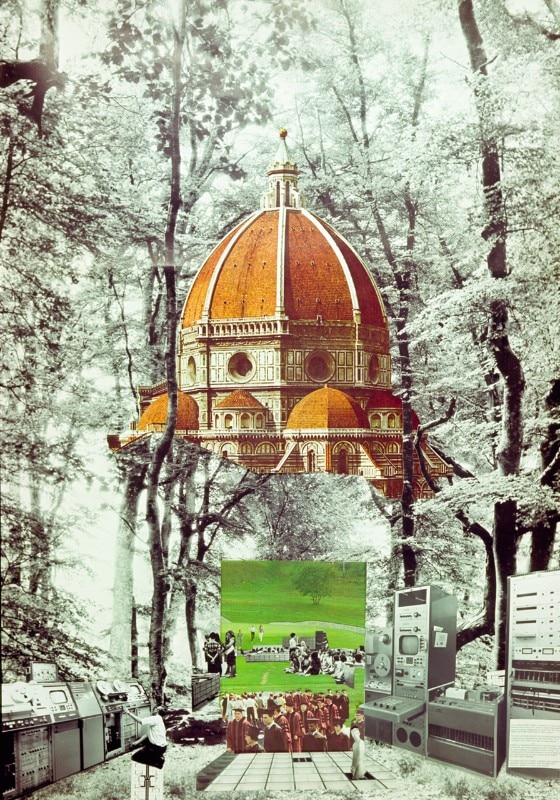
Annalisa Rosso: Tell us about the exhibition.
Pino Brugellis: I didn't realise how much material we had collected until we started setting up the exhibition. It begins with the photograph of a happening organised by UFO, the murder of Umberto Eco, but the exhibition is not organised by periods or artists; we worked according to theme. Each section refers to another, this is an interconnected world. In the section dedicated to design, there are practically all the pieces produced. In the discotheque section, there is also the Space Electronic, a venue for happenings and installations as well as for dancing. It is presented through original photographs and films which portray the vitality of the period. One room presents the city without architecture on one side (No-Stop City, by Archizoom), and on the other, architecture without the city (Monumento continuo, by Superstudio), offering an interesting contrast. Other rooms are dedicated to interplanetary architecture as well as green architecture, with the work of 9999, which transforms Florence into a city-forest; a precursor to the current work of Stefano Boeri.
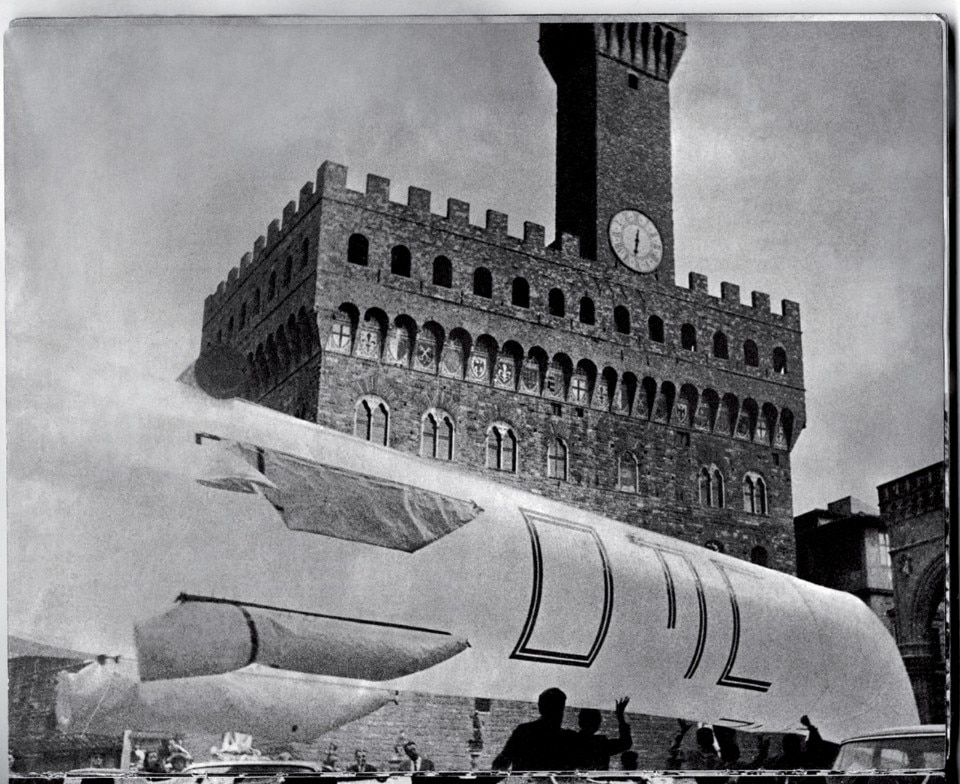
 View gallery
View gallery
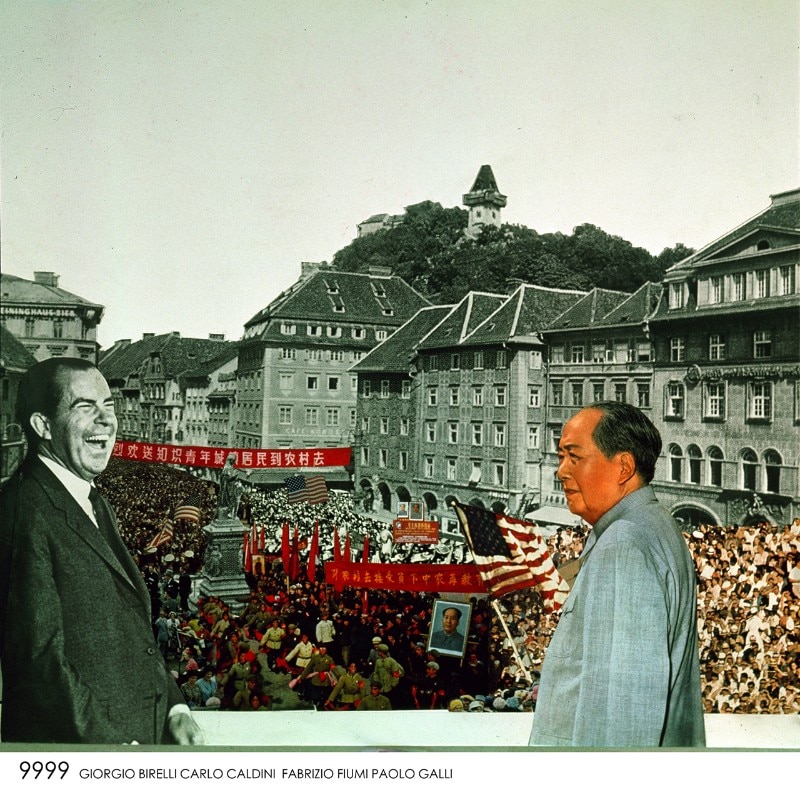
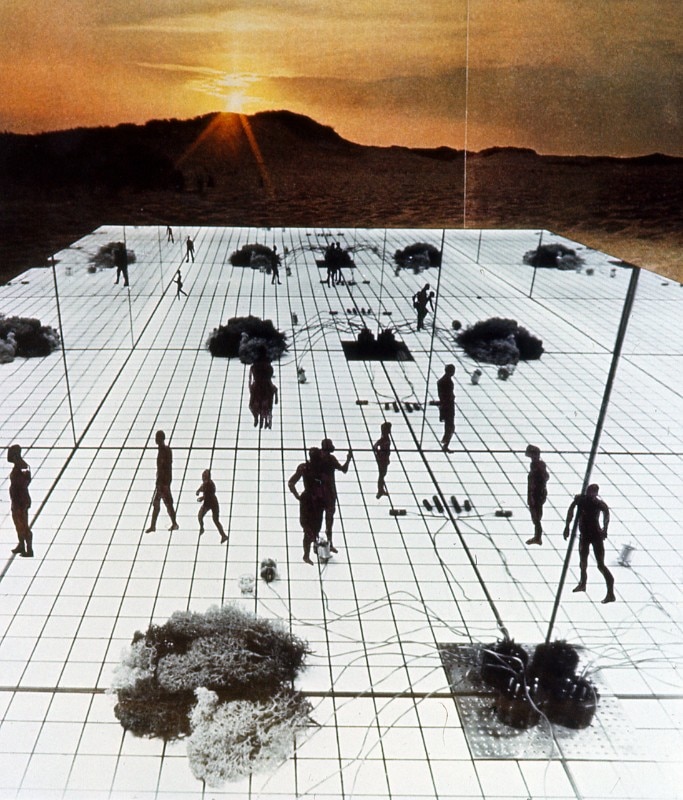
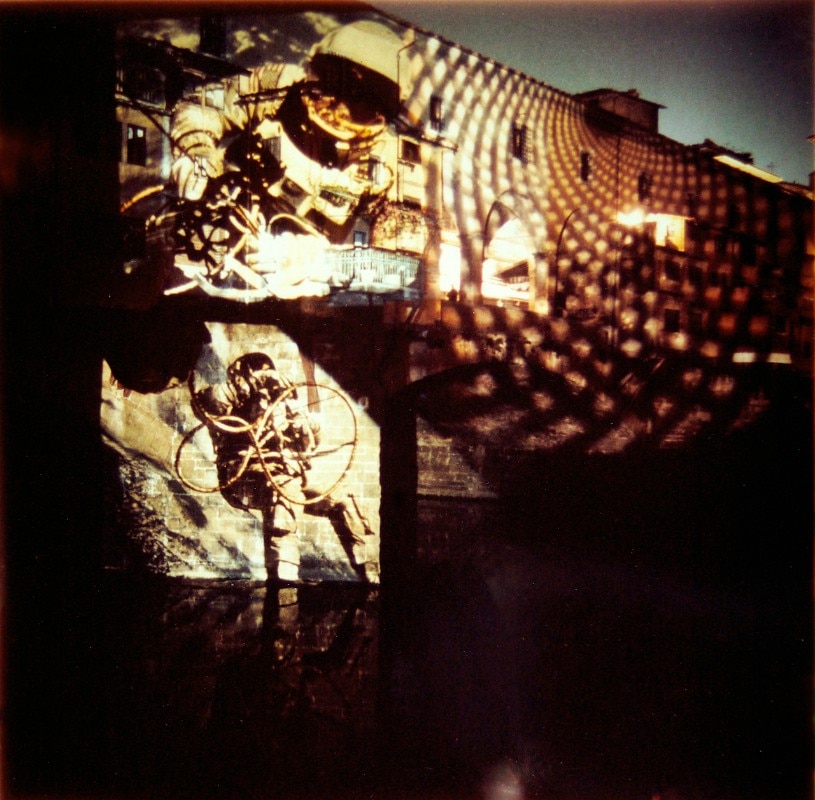
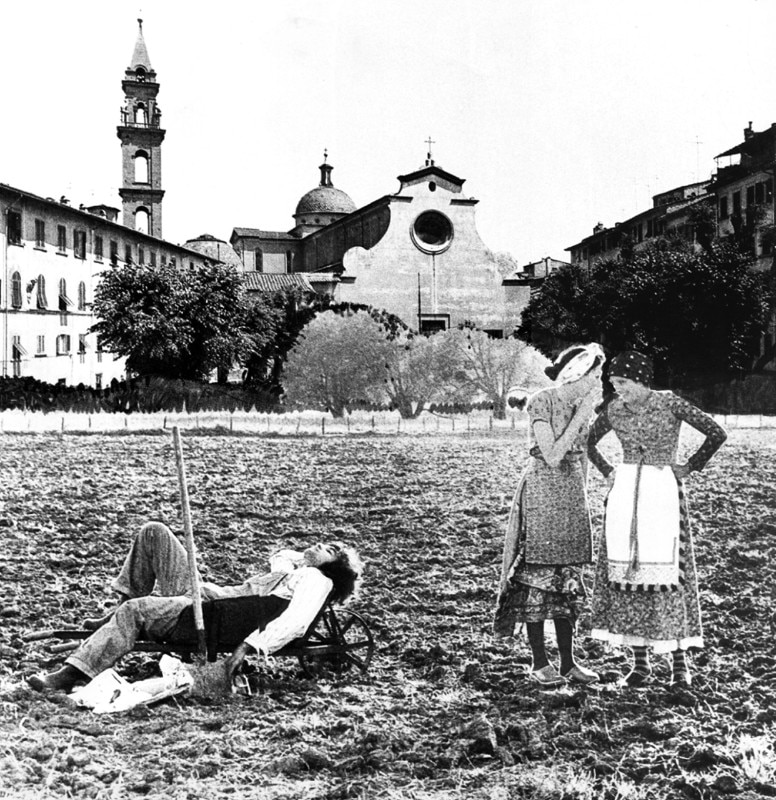
Presentazione di PowerPoint
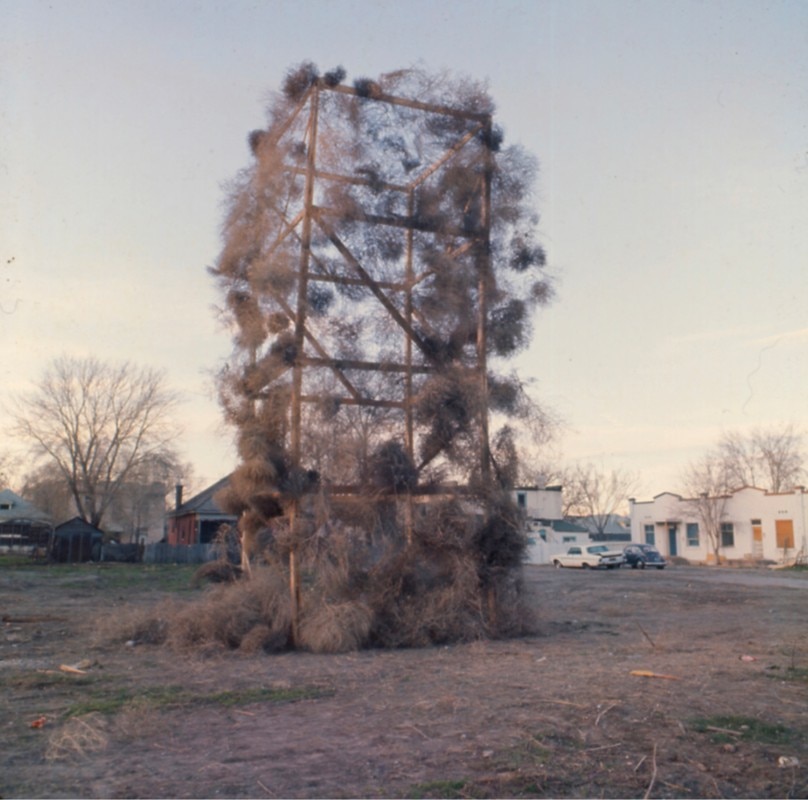
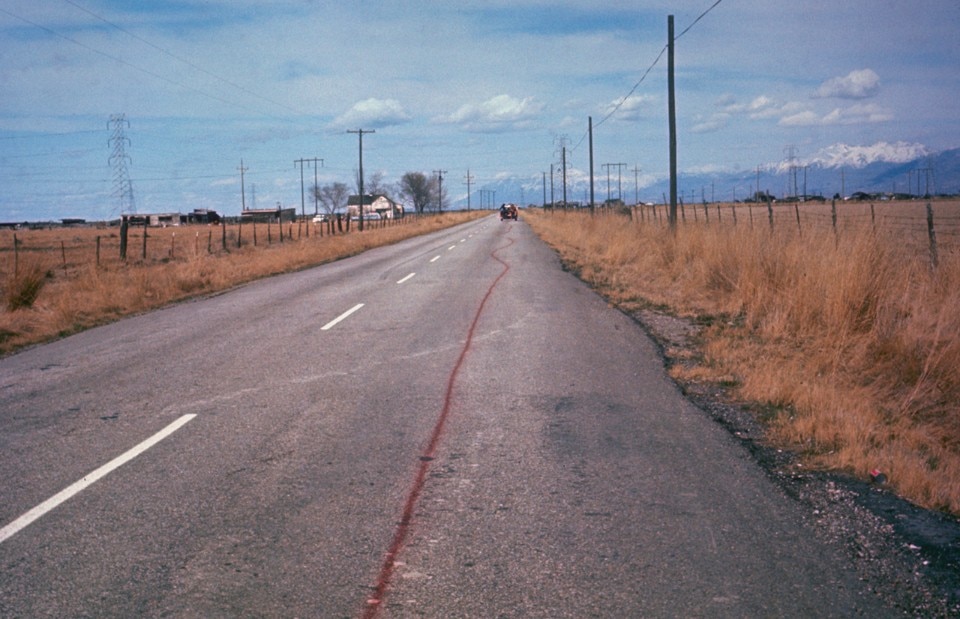
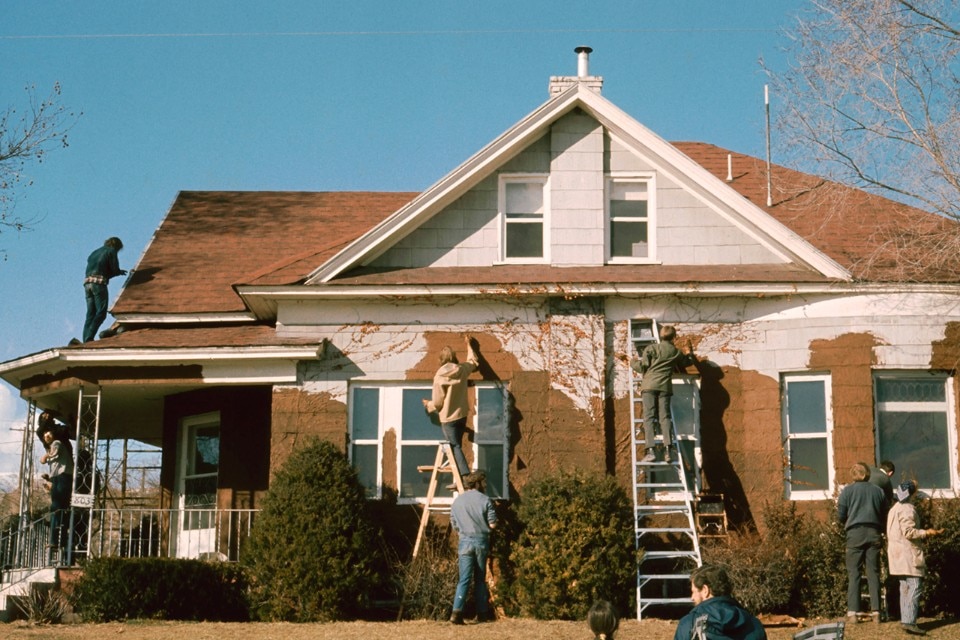
Annalisa Rosso: There are also two Ufoeffimeros by Lapo Binazzi and his UFO group.
Pino Brugellis: The exhibition spreads beyond the areas of the Strozzina. As was the case in 1968, during student protests, Lapo Binazzi and UFO produced the dollar and the inflatable missile (Ufoeffimero 6 and Ufoeffimero 5), and with these they staged protest actions throughout Florence. We have reproduced these: the dollar is suspended in the courtyard of Palazzo Strozzi, and the missile is in the San Lorenzo Civic Market.
Annalisa Rosso: Why have you produced this exhibition now?
Pino Brugellis: I feel that the radical movement never actually existed at the time, but it certainly exists now. It is a kind of virus which has influenced everyone in some way, a melting pot of ideas which we continuously dip into, a dictionary. I find this tribute to the maestros fifty years on from their birth very interesting. Because an exhibition of this kind has never been done before.
- Title:
- Radical Utopias. Beyond Architecture: Florence 1966–1976
- Curator:
- Pino Brugellis, Gianni Pettena, Alberto Salvadori
- Opening dates:
- from 20 October 2017 to 21 January 2018
- Venue:
- Palazzo Strozzi, Strozzina
- Address:
- Strozzi square, Florence


